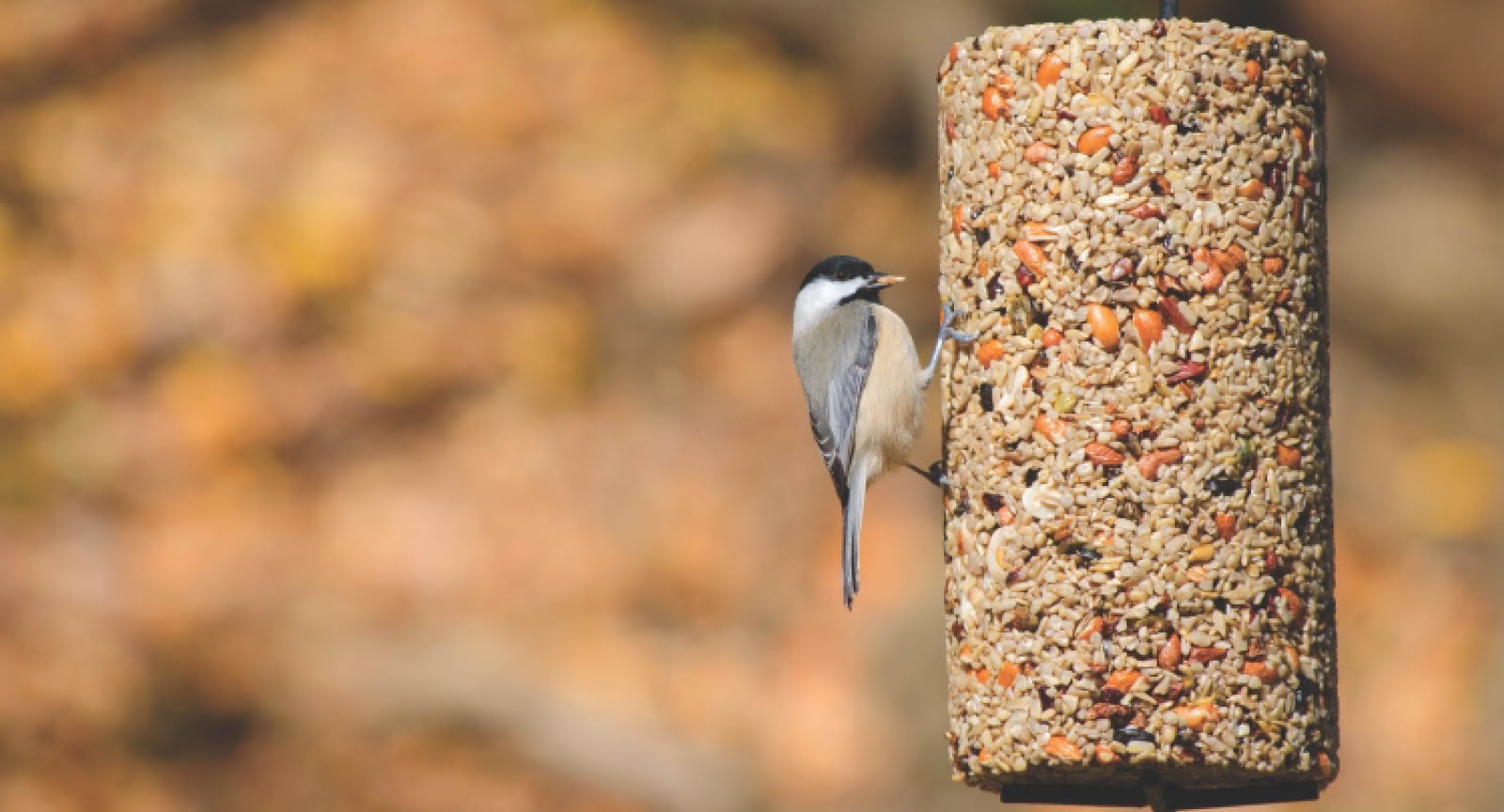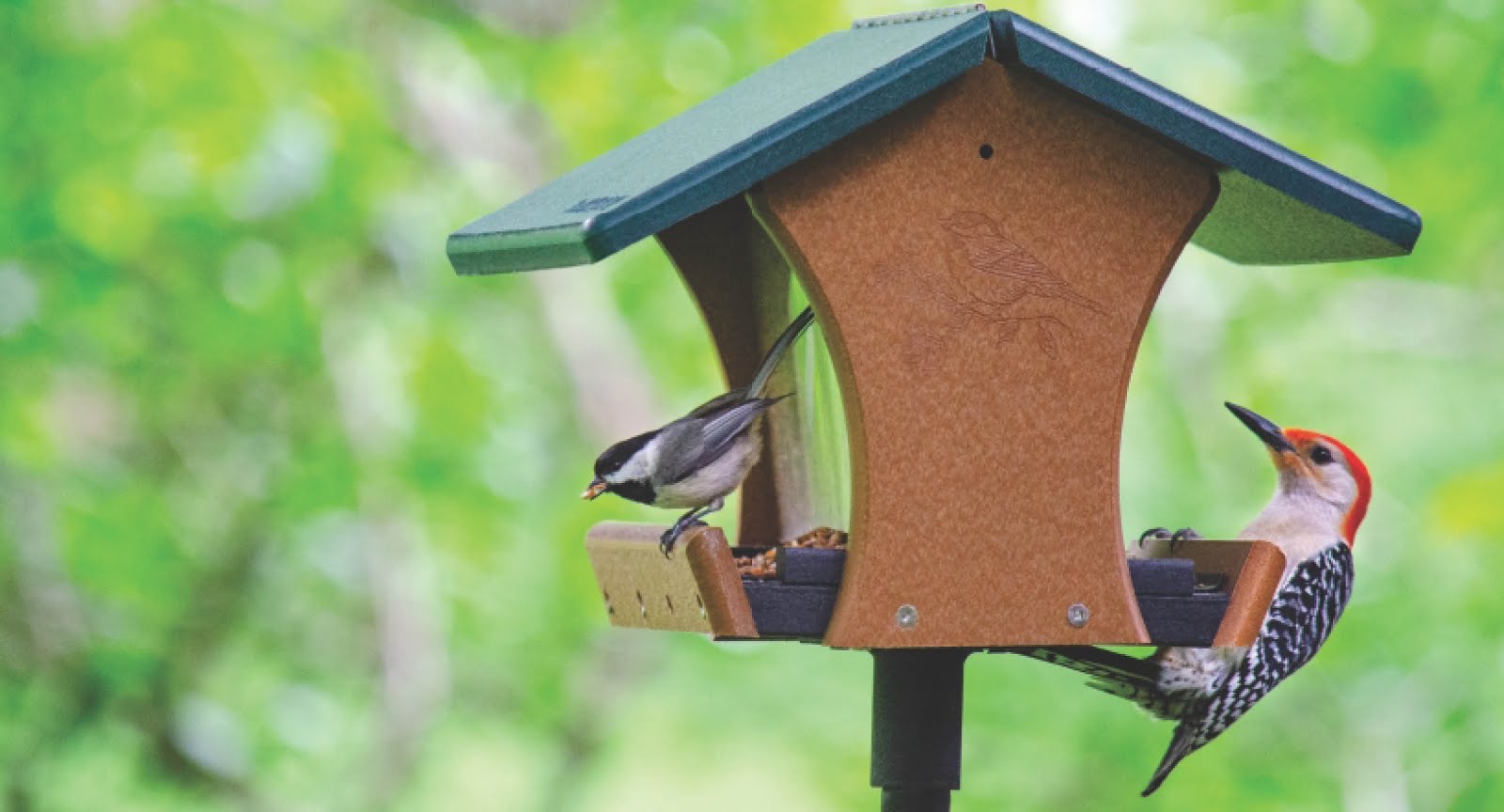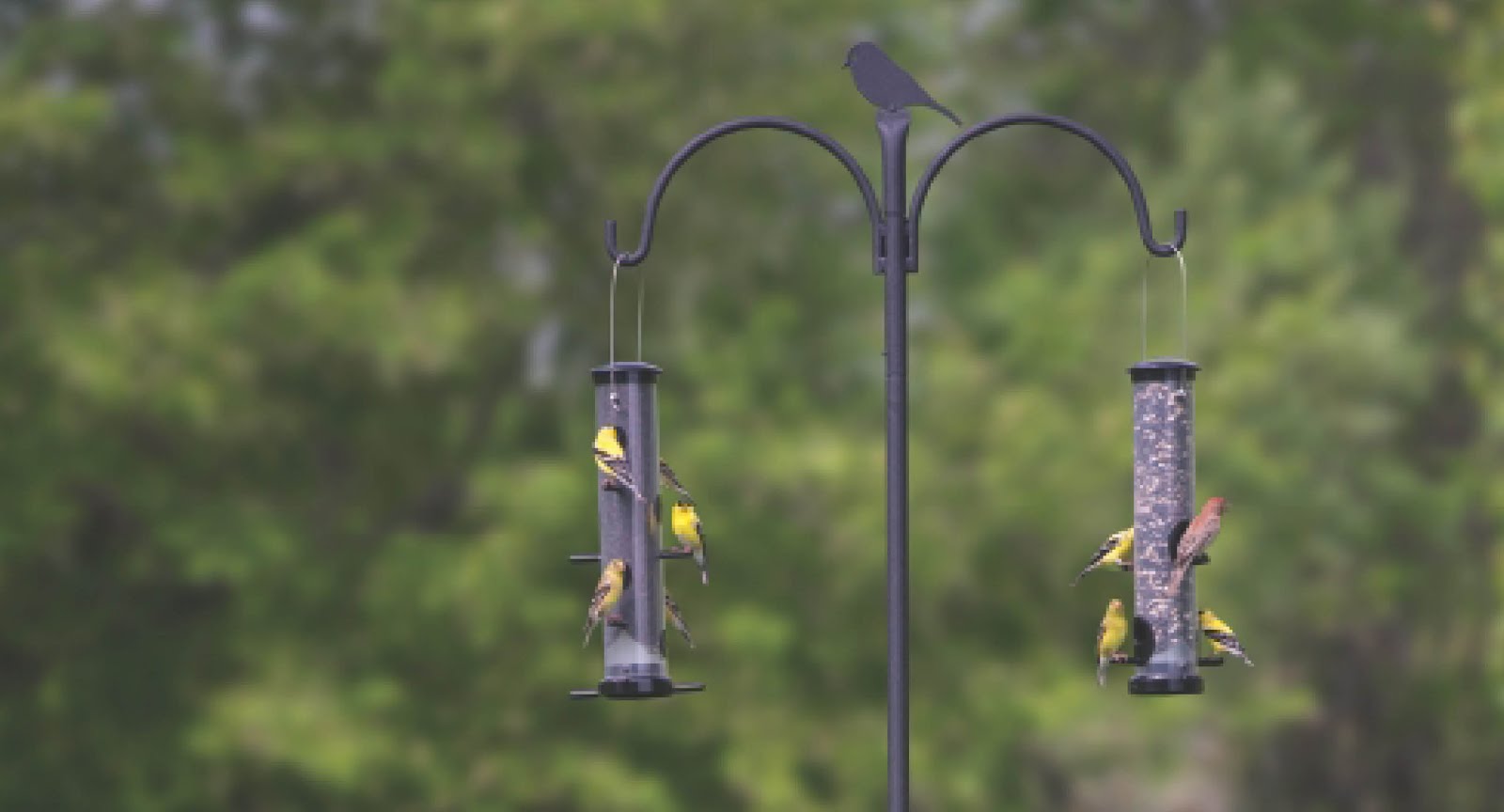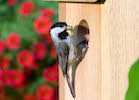My last post about "Leps
in Southwestern Ontario" briefly mentioned that I was involved with a
project on two Species at Risk (SAR). Those two species are the
endangered (in Ontario) Butler's Gartersnake (Thamnophis
butleri) and the globally rare Eastern Fox Snake (Pantherophis gloydi). These two
species are found in parts of Southwestern Ontario and their populations are
being monitored with the construction of a roadway connecting Windsor and
Detroit. I feel very fortunate to have had the opportunity to work with
these two incredible species and expand my knowledge on both snakes.
This is a Butler's Gartersnake (Thamnophis
butleri). Sometimes people aren't quite sure how to distinguish this
species from other Gartersnakes; but once you know what to look for it’s quite
easy to identify them. Notice the reddish stripe on the underside of the
body and the short blunt (no neck) appearance of the head. These two
features help distinguish the Butler's from other Gartersnakes.
Butler's Gartersnake (Thamnophis butleri) very rarely get over 50 cm in length. Their size also helps to distinguish them from Eastern Gartersnakes.
Butler's Garter Snake (Thamnophis butleri) primary feed on earthworms; however thanks to the personal observations from a friend of mine, we also know they feed on the occasional fly larvae.
Notice the yellow stripe on the third scale row of this Butler's Gartersnake (Thamnophis butleri). This stripe also touches the second and fourth scale rows. Eastern Gartersnakes have their stripes confined to the second and third scale rows only.
Butler's Gartersnake (Thamnophis butleri).
Here is a
young Eastern Fox Snake (Pantherophis gloydi). I have always thought of Eastern Fox Snakes as the closest thing we have to a truly Canadian snake. While Fox Snakes are found in some of the States boarding the Great Lakes the majority of their population resides in Canada.
A friend of mine said it best, when he equated the globally rare Eastern Fox Snake (Pantherophis gloydi) to the likes of other globally rare creatures such as the Giant Panda. I think this type of comparison really puts in perspective the status of these creatures and helps people understand why it is so important that we work to monitor and protect Fox Snakes.
Eastern Fox Snake (Pantherophis gloydi).
Eastern Fox Snake (Pantherophis gloydi).
Eastern Fox Snake (Pantherophis gloydi).
Eastern Fox Snake (Pantherophis gloydi).
Eastern Fox Snake (Pantherophis gloydi).
Can you spot a global rare species in this photo?
Here is a close up of an adult Eastern Fox Snake
(Pantherophis gloydi) in the grass. Notice the
yellow/orange colour of its head, which has caused some people to give this
species the nickname “Copperhead”. Copperheads are a venomous snake found in the
United States and Mexico (not Ontario). This
misleading nickname has led to these harmless snakes being killed by people based on their appearance
alone. Not a good thing for a globally rare species.
Roadways are another threat to this species. Fox Snakes, like this young one, venture out
onto roads to get from one place to another, absorb heat from the pavement and
bask. As a result a number of these
animals are killed each year. Fox Snakes
aren’t the only species to be effected by roadways. If you
see a snake on the road and it is safe to do so, please avoid hitting them.
A family of young "pinkie" Meadow Voles (Microtus pennsylvanicus). Fox Snakes are a type of rat snakes and as the grouping name would indicate rodents, such as these Meadow Voles, are a primary food source. This is a huge benefit to people as these snakes will eat diseased rodents which could cause harm to people. In addition to rodents these snakes also avid climbers and frequent feed on birds. (I've found a Fox Snake on the top of someones front door going after a bird nest!)
A nest of young Meadow Voles (Microtus pennsylvanicus).
A nest of young Meadow Voles (Microtus pennsylvanicus). Notice the parasites crawling all over them (I believe they are some kind of louse).
Other small mammals such as this Short-Tailed Shrews (Blarina
brevicauda) are another source of food for Fox Snakes.





































I just found one of these fox snakes in my garden in central Illinois! I thought it was a rattlesnake!
ReplyDeleteI came face to face with one in my garden shed near Seeley's Bay ON. A young juvenile. Very small. It was up on top of a flourecent light tube. I bagged it and released it outside. Also took a pic of it.
ReplyDelete